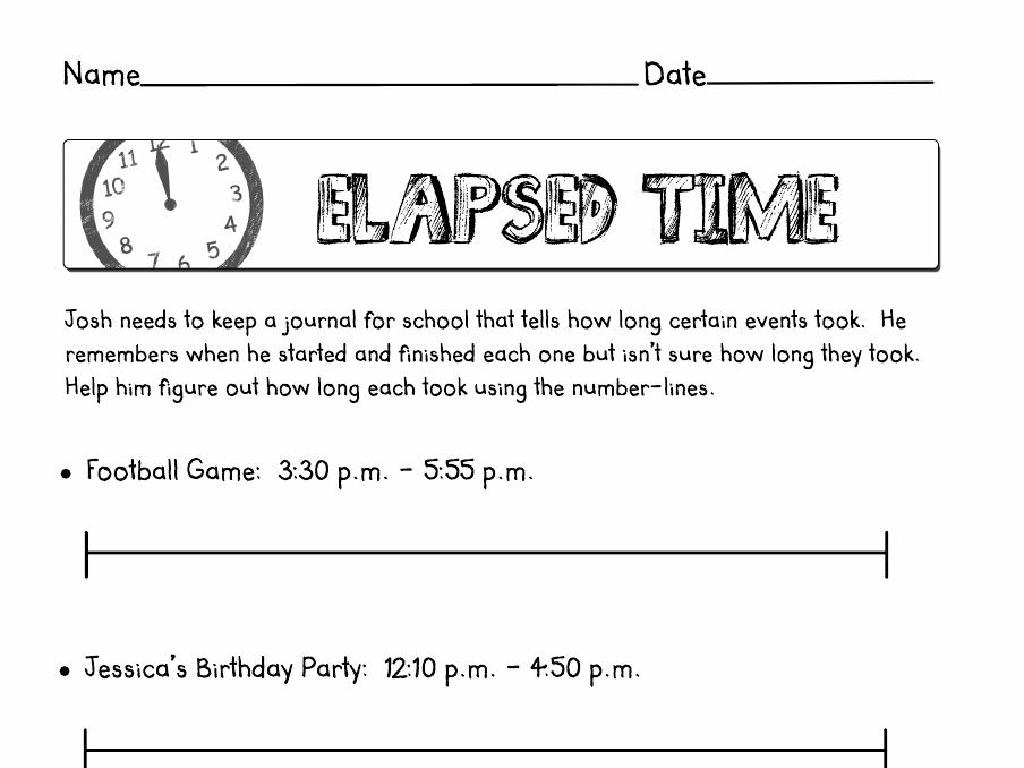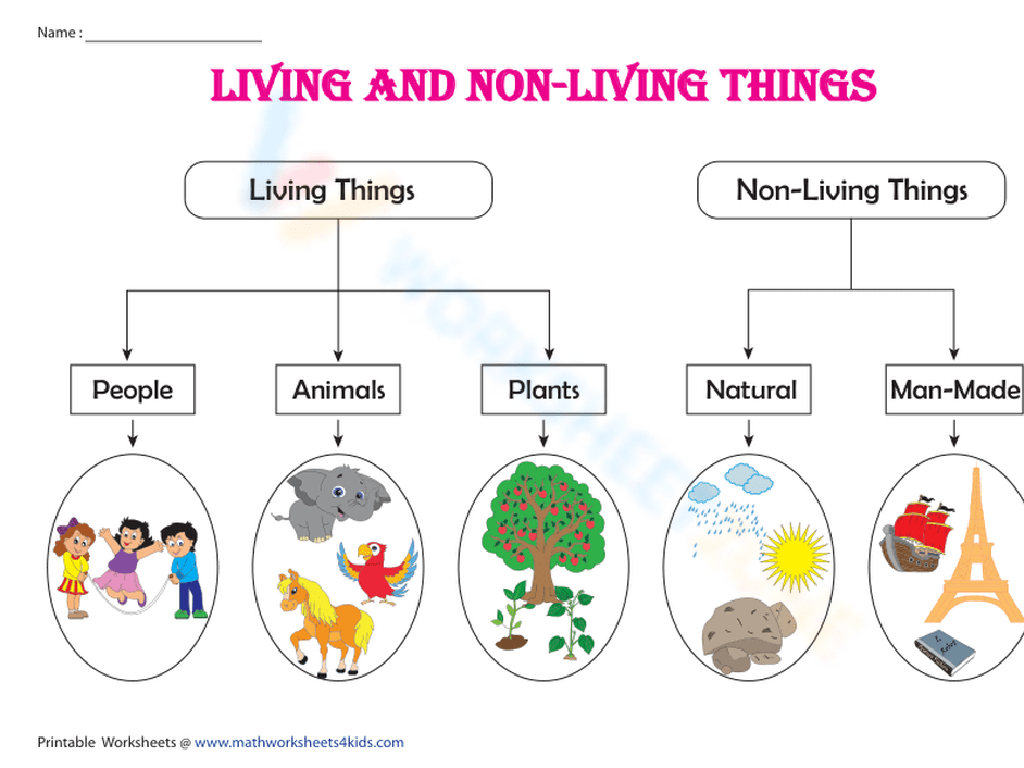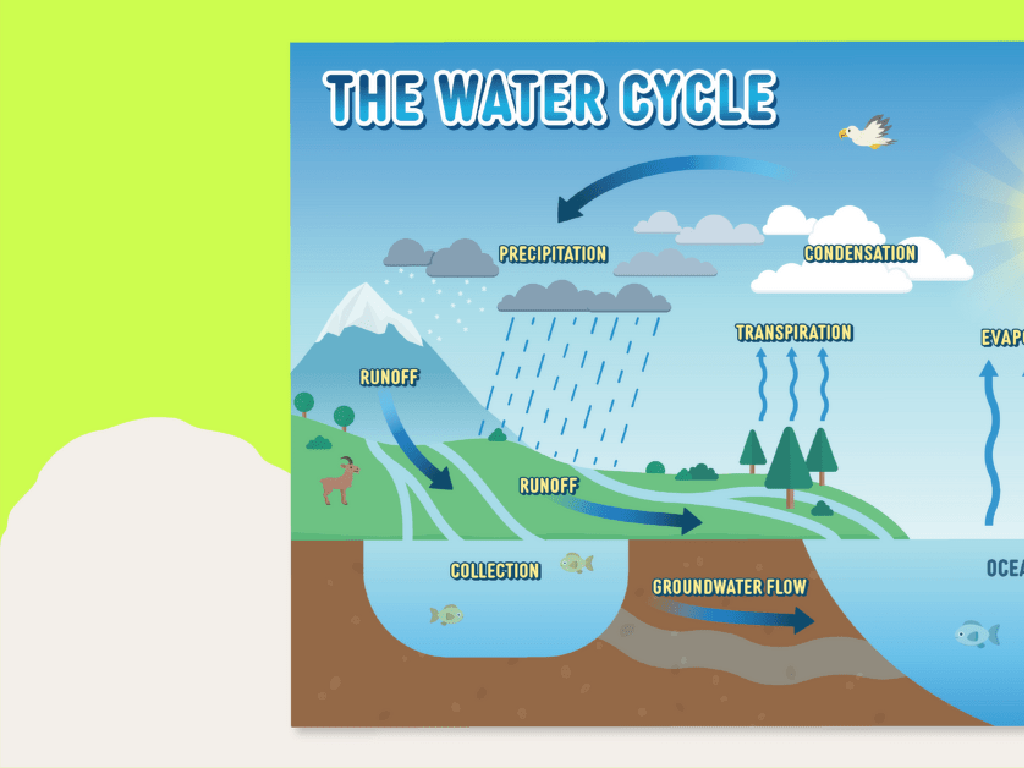Direct And Indirect Objects
Subject: Language arts
Grade: Seventh grade
Topic: Prepositions
Please LOG IN to download the presentation. Access is available to registered users only.
View More Content
Prepositions and Objects in Sentences
– Define direct objects
– A direct object receives the action of the verb directly.
– Define indirect objects
– An indirect object is the recipient of the direct object.
– Role of prepositions
– Prepositions link nouns, pronouns and phrases to other words.
– Sentence structure examples
– ‘She gave (indirect object) her brother (direct object) a gift.’
|
This slide introduces the concept of direct and indirect objects in the context of prepositions for a seventh-grade language arts class. Begin by defining a direct object as the noun or pronoun that directly receives the action of the verb. Then, explain that an indirect object is the noun or pronoun that receives the direct object. Discuss how prepositions function to connect objects to the rest of the sentence, providing clarity and detail. Use clear examples to illustrate how these elements fit together within sentence structure. Encourage students to identify direct and indirect objects in example sentences and to practice creating their own sentences using both types of objects.
Exploring Prepositions
– Define a preposition
– A word that connects nouns/pronouns to other words
– Prepositions show relationships
– They link nouns/pronouns to time, location, direction, etc.
– Common prepositions: in, on, at
– Examples include ‘around’, ‘under’, ‘over’, ‘between’
– Usage in sentences
– ‘The cat is under the table’ shows ‘under’ relates ‘cat’ to ‘table’
|
This slide introduces the concept of prepositions to the students, explaining that prepositions are words that establish relationships between nouns or pronouns and other elements within a sentence. Emphasize the role of prepositions in indicating various types of relationships such as time, place, direction, and possession. Provide common examples of prepositions and use simple sentences to illustrate their usage. Encourage students to think of additional examples and to practice identifying prepositions in sentences they encounter in their reading or daily conversations.
Identifying Prepositions
– Finding prepositions in sentences
– Prepositions’ role in meaning
– Prepositions link nouns, pronouns to the rest of the sentence
– Examples: before and after prepositions
– ‘The cat jumped on the table’ vs. ‘The cat jumped off the table’
– Activity: Identify prepositions
– Use example sentences to spot prepositions and discuss their effect
|
This slide aims to help students recognize prepositions and understand their function in sentences. Prepositions are words that show the relationship between a noun or pronoun and other words in a sentence, often indicating direction, time, place, or method. By examining sentences before and after prepositions are added or changed, students can see how the meaning shifts. For the activity, provide sentences and have students identify the prepositions and discuss how they alter the sentence’s meaning. This will enhance their comprehension of sentence structure and the importance of prepositions in conveying clear messages.
Understanding Direct Objects
– Direct object receives action
– It’s the target of the verb’s action
– Answers ‘What?’ or ‘Whom?’
– Ask ‘What did she kick?’ to find it
– Example: ‘She kicked the ball.’
– ‘ball’ is what she kicked; it’s the direct object
|
This slide introduces the concept of direct objects in sentences, which are essential for understanding sentence structure. A direct object is the noun or pronoun that receives the action of the verb. To identify the direct object, one can ask ‘What?’ or ‘Whom?’ in relation to the verb. For example, in the sentence ‘She kicked the ball,’ ‘ball’ is the direct object because it receives the action of kicking. It answers the question ‘What did she kick?’ Ensure students practice with multiple examples and encourage them to construct sentences with direct objects to solidify their understanding.
Understanding Indirect Objects
– Indirect object definition
– Recipient of the direct object in a sentence
– Questions indirect objects answer
– ‘To whom?’, ‘For whom?’, ‘To what?’, ‘For what?’ after the verb
– Recognizing indirect objects
– Usually located between the verb and the direct object
– Example with explanation
– ‘She kicked the ball to her friend.’ Friend is the indirect object receiving the ball
|
This slide aims to clarify the concept of indirect objects in sentences. An indirect object is usually a person or thing that receives the direct object. It’s important to teach students how to ask the right questions after the verb to identify the indirect object. For example, in the sentence ‘She kicked her friend the ball,’ the ball is the direct object, and ‘friend’ is the indirect object because it answers the question ‘To whom did she kick the ball?’ Make sure to provide additional examples and encourage students to practice by identifying indirect objects in different sentences.
Direct vs. Indirect Objects
– Differentiating objects in sentences
– Direct objects receive the action, while indirect objects are who/for whom it’s done.
– Examples of direct and indirect objects
– ‘She gave her friend a gift.’ Friend=indirect object, gift=direct object.
– Identifying objects in practice
– Find the verb, ask ‘what?’ for direct, ‘to/for whom?’ for indirect.
– Significance of object placement
|
This slide aims to clarify the concept of direct and indirect objects in sentences. Begin by explaining that the direct object is the receiver of the action and can be found by asking ‘what?’ after the verb. The indirect object, on the other hand, tells us to whom or for whom the action is done and can be found by asking ‘to whom?’ or ‘for whom?’ after the action and direct object. Use clear examples to illustrate the difference and engage the class in identifying the objects in various sentences. Emphasize the importance of word order in determining the role of each object in the sentence. This foundational understanding will enhance the students’ grammatical skills and sentence construction abilities.
Practice Time: Identifying Objects
– Identify prepositions in sentences
– Find the direct objects
– The direct object receives the action of the verb
– Determine indirect objects
– The indirect object is who or what receives the direct object
– Work with a partner on examples
|
This slide is designed for a classroom activity where students will work in pairs to identify prepositions, direct objects, and indirect objects in provided sentences. The teacher should explain that prepositions are words that show the relationship between nouns or pronouns and other words in a sentence. Direct objects are nouns or pronouns that receive the action of the verb, while indirect objects are the recipients of the direct objects. The teacher should provide clear examples on the board and then hand out worksheets with sample sentences for pairs to analyze. Possible activities include sentence construction, swapping worksheets for peer review, or creating a classroom chart of their findings for discussion.
Class Activity: Crafting Sentences
– Create sentences with provided words
– Label direct and indirect objects
– Direct objects receive the action, indirect objects are who/for whom it’s done
– Share your sentences with peers
– Reflect on the activity
– Think about how the objects in your sentences relate to the prepositions
|
This activity is designed to reinforce the students’ understanding of direct and indirect objects in the context of prepositions. Provide a list of prepositions, verbs, and nouns for students to use in constructing their sentences. Guide them to identify the direct objects (the receiver of the action) and indirect objects (to whom/for whom the action is done) in their sentences. Encourage students to share their sentences with the class to foster a collaborative learning environment. After sharing, lead a discussion on how the activity helped them understand the sentence structure and the role of objects in relation to the prepositions. Possible variations of the activity could include group work, sentence diagramming, or creating a story using the sentences they’ve constructed.
Review and Reflect: Prepositions and Objects
– Recap on prepositions and objects
– Significance of direct and indirect objects
Understanding them improves sentence structure and clarity.
– Open floor for questions
– Reflect on today’s learning
Think about how this knowledge will help in writing.
|
This slide aims to consolidate the day’s learning about the role of prepositions in relation to direct and indirect objects in sentences. Emphasize the importance of understanding direct and indirect objects as they are key to constructing clear and grammatically correct sentences. Encourage students to ask questions about any part of the lesson they found challenging or share any insights they gained. This reflection time is crucial for reinforcing their learning and ensuring they can apply these concepts to enhance their writing skills. Prepare to address common confusions, such as distinguishing between direct and indirect objects, and the use of prepositions to link them to the rest of the sentence.
Homework: Exploring Objects in Sentences
– Write ten sentences with prepositions
– Circle direct objects in sentences
– Direct objects receive the action of the verb
– Underline indirect objects in sentences
– Indirect objects are who/what the action is done for
– Discuss your sentences in the next class
|
This homework assignment is designed to reinforce the students’ understanding of direct and indirect objects in the context of prepositions. Students should write sentences that include prepositions and identify the direct and indirect objects within those sentences. Direct objects are the nouns or pronouns that receive the action of the verb, while indirect objects are the recipients of the direct objects. In the next class, students will discuss the sentences they’ve created, which will help them articulate their understanding and clarify any misconceptions. As a teacher, be prepared to provide examples and guide the discussion to ensure a comprehensive understanding of the concepts.






